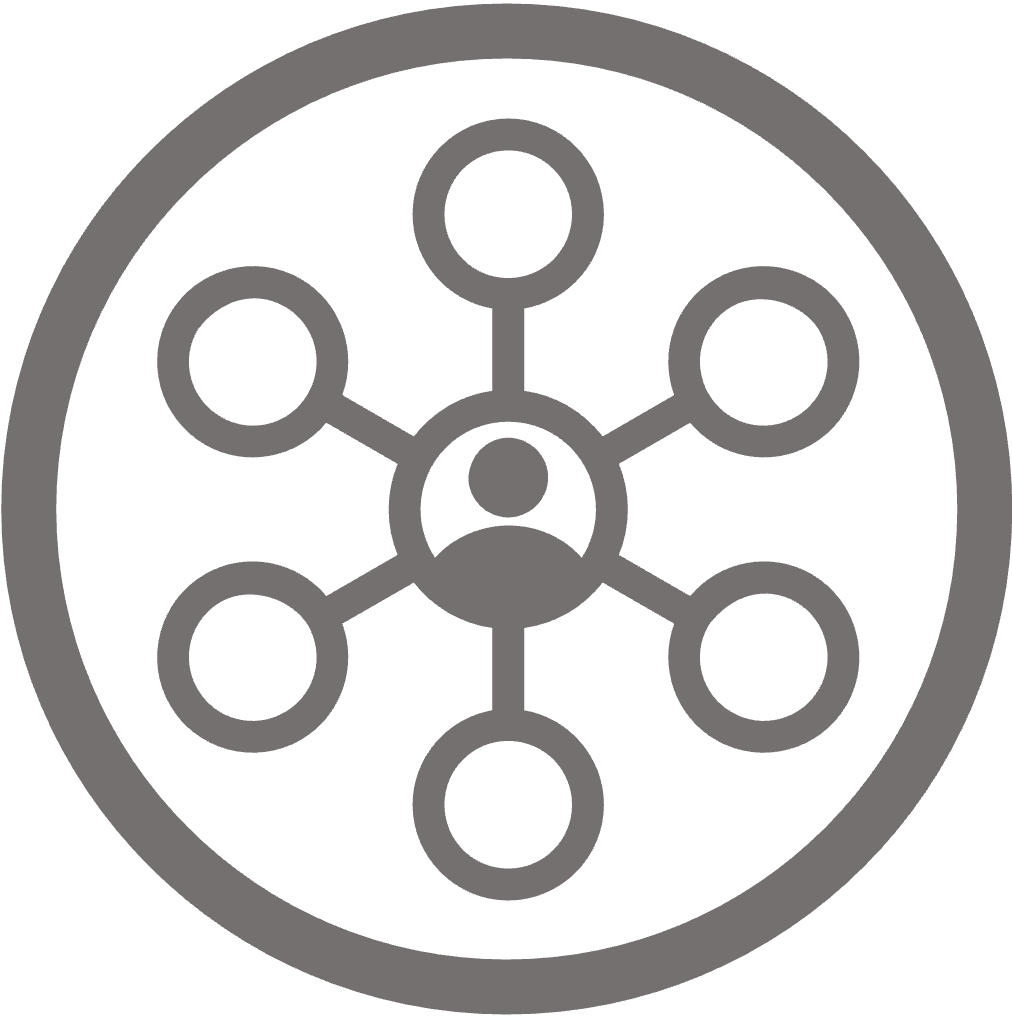- Home
- Reentry
- Part1
- Driving Systems Change
- Reentry Map
Building Second Chances: Tools for Local Reentry Coalitions
This toolkit is designed for local city, county, and community leaders who want to play an active role in improving reentry policy, practice, and outcomes. Within, you will find user-friendly references to seminal publications, research findings, and noteworthy examples of the foundational knowledge needed to design new reentry strategies and reinvigorate existing ones.
A reentry map helps provide a clear understanding of how the criminal justice system functions in your community, how it intersects with other human services systems, and who is moving through these systems. You can use your map to document the decision points of your community’s criminal justice system and learn how reentry supports and services connect to each one. Reentry maps are a useful tool to help you optimize services and supports in ways that will have the greatest benefit to a person’s reentry into the community.
The information and resources in this section include:
Knowing who makes up your specific "reentry population" is a critical first step to begin to target your reentry strategies:
| Defining Your Reentry Population |
| You will see the term “reentry population” used throughout this toolkit. Keep in mind that it is not a one-size-fits-all term. Your local reentry coalition will need to decide how to refine your reentry population into target populations for your reentry strategies. The development of your reentry map will serve as an informational springboard for your coalition. In the broadest view, your reentry population could include people returning from prisons, jails, and federal prisons as well as people on probation or parole. However, you might choose to concentrate your efforts on people returning only from the county jail, and this group could be the target population for your reentry map. |
These Questions to Consider will help you understand who and what you need to create your reentry map and how track reentry planning and services:
Questions to Consider |
|
|---|---|
 |
Do you have the right people in the room? Developing a system map—especially one that accounts for the multifaceted, interdisciplinary, and ongoing nature of reentry—is no easy feat. To do this process well, representatives from many agencies and organizations need to work together. Keep in mind that frontline staff in criminal justice and human services agencies are well positioned to speak to the day-to-day operations at each decision point. People who have gone through the reentry process are uniquely positioned to shed light on whether the process is occurring as intended. In addition to having the right people participate in reentry mapping activities, you will also need to establish protocols that outline how those participants share the information they have about the reentry process and population. See Section 3 for more information about developing information-sharing policies. |
| Have you examined the reentry case planning process? The reentry process should begin before a person leaves prison or jail. People preparing to leave prison or jail typically receive assistance in building an individualized case plan—a structured plan for reentry that includes goals, relevant programming, and any treatment needs. Use the reentry map to indicate when, where, and how reentry case planning happens in your community. |
|
| Have you noted what happens as people move through the reentry map? As you create your reentry map, ask questions about any patterns that are starting to emerge. You may begin to notice themes across decision points, such as similarities in population characteristics or intervention opportunities that span a number of decision points. |
|
This Example from the Field explains how one local coalition used its map to improve reentry services and outcomes:
Example from the Field |
|---|
|
Using System Mapping to Chart a Path Forward Erie County, New York, officials and the Greater Buffalo Racial Equity Roundtable (RER) partnered to improve services and outcomes for people returning to the county from federal and state prisons and local jails. In 2016, the county requested technical assistance from the U.S. Department of Justice and the Council of State Governments (CSG) Justice Center to conduct a quantitative and qualitative analysis of its reentry populations and available resources. Several areas of interest—intake processes, caseloads, program data, funding, and interagency communication—were examined. This analysis gave the Erie/RER team a picture of the reentry services available in Erie County, how a person returning to the community receives services, and how funding is obtained and allocated for these services. Find out the results (PDF) of the analysis and how system mapping led to the establishment of a reentry hub. |
The Quick References in this section focus on collecting and analyzing baseline and process data:
Quick References |
|---|
|
In Focus: Collecting and Analyzing Baseline Data (2019) In Focus: Conducting a Comprehensive Process Analysis (2019) This brief focuses on conducting a comprehensive process analysis, or a step-by-step examination of how people move through a county’s criminal justice and behavioral health systems. Many of the principles of conducting such an analysis apply to creating a reentry map. |



